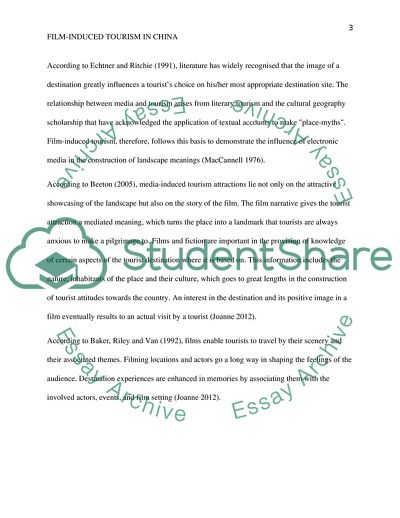Cite this document
(Film-Induced Tourism in China Literature review, n.d.)
Film-Induced Tourism in China Literature review. https://studentshare.org/tourism/1865782-for-one-destination-of-your-choice-analyse-how-fiction-and-film-influence-destination-image
Film-Induced Tourism in China Literature review. https://studentshare.org/tourism/1865782-for-one-destination-of-your-choice-analyse-how-fiction-and-film-influence-destination-image
(Film-Induced Tourism in China Literature Review)
Film-Induced Tourism in China Literature Review. https://studentshare.org/tourism/1865782-for-one-destination-of-your-choice-analyse-how-fiction-and-film-influence-destination-image.
Film-Induced Tourism in China Literature Review. https://studentshare.org/tourism/1865782-for-one-destination-of-your-choice-analyse-how-fiction-and-film-influence-destination-image.
“Film-Induced Tourism in China Literature Review”. https://studentshare.org/tourism/1865782-for-one-destination-of-your-choice-analyse-how-fiction-and-film-influence-destination-image.


